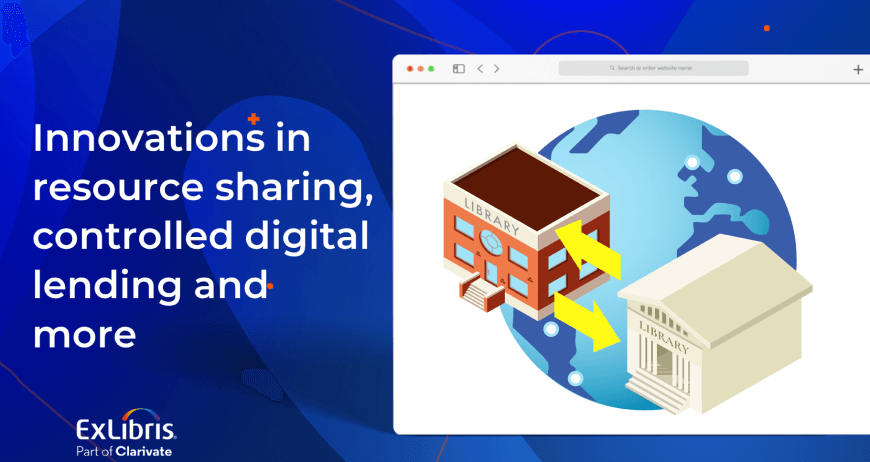Interlibrary Loan Librarian? Here are 12 Insights for 2020
Mike Richins, Director of Product Management at RapidILL
When I was in college, I basically stumbled into interlibrary loan. At the time, I was researching artists and went hunting for some referenced articles that piqued my interest. When the journal or a specific issue I wanted were unavailable at my local library, I wondered: How am I going to get them? It was then that I learned about interlibrary loan services, which I didn’t know existed at the time. Well, needless to say, I started placing requests like mad.
For me, it was like magic — items located at distant libraries were being scanned and sent straight to me, so I could use them locally.
Since then, a lot has changed, but interlibrary loan is just as magical as when I was in college. However, the concept of what constitutes a library collection – and hence loaning and borrowing – is undergoing some radical changes.
In fact, earlier this year, Oya Y. Rieger, Senior Advisor at the Ithaka S+R research organization, penned a lengthy article entitled “What’s a Collection Anyway?”. In that detailed piece, she wrote, “The traditional concept of locally-owned or controlled collections had provided libraries with a sense of direction about their long-term stewardship roles. As the boundaries blur, it is harder to connect and align the preservation mandate with these collections.” As the article noted, the use of local collections has gone down by 33% over the past 15 years and a quarter of all circulation transactions are currently completed through resource-sharing networks.
The key drivers behind those blurring boundaries, as Rieger identifies them, are: information abundance, increased focus on access over ownership, less need for print resources, specialization in shared networks. However, she notes, many libraries are still operating according to outdated organizational models and lifecycle workflows. What is needed now to meet institutional and patron needs, she concludes, are “cohesive strategies within individual libraries,” which includes systematic and effective investment in the new resource-sharing landscape.
Given the changing concepts overturning many traditional assumptions, the RapidILL team at Ex Libris has distilled 12 insights that can help you focus the interlibrary loan “magic” in 2020 – and improve your organizational strategy. These insights include quick takes on up-and-coming technology, copyright issues, Gen Z students, library staff, cutting costs, leveraging consortia, and more.










